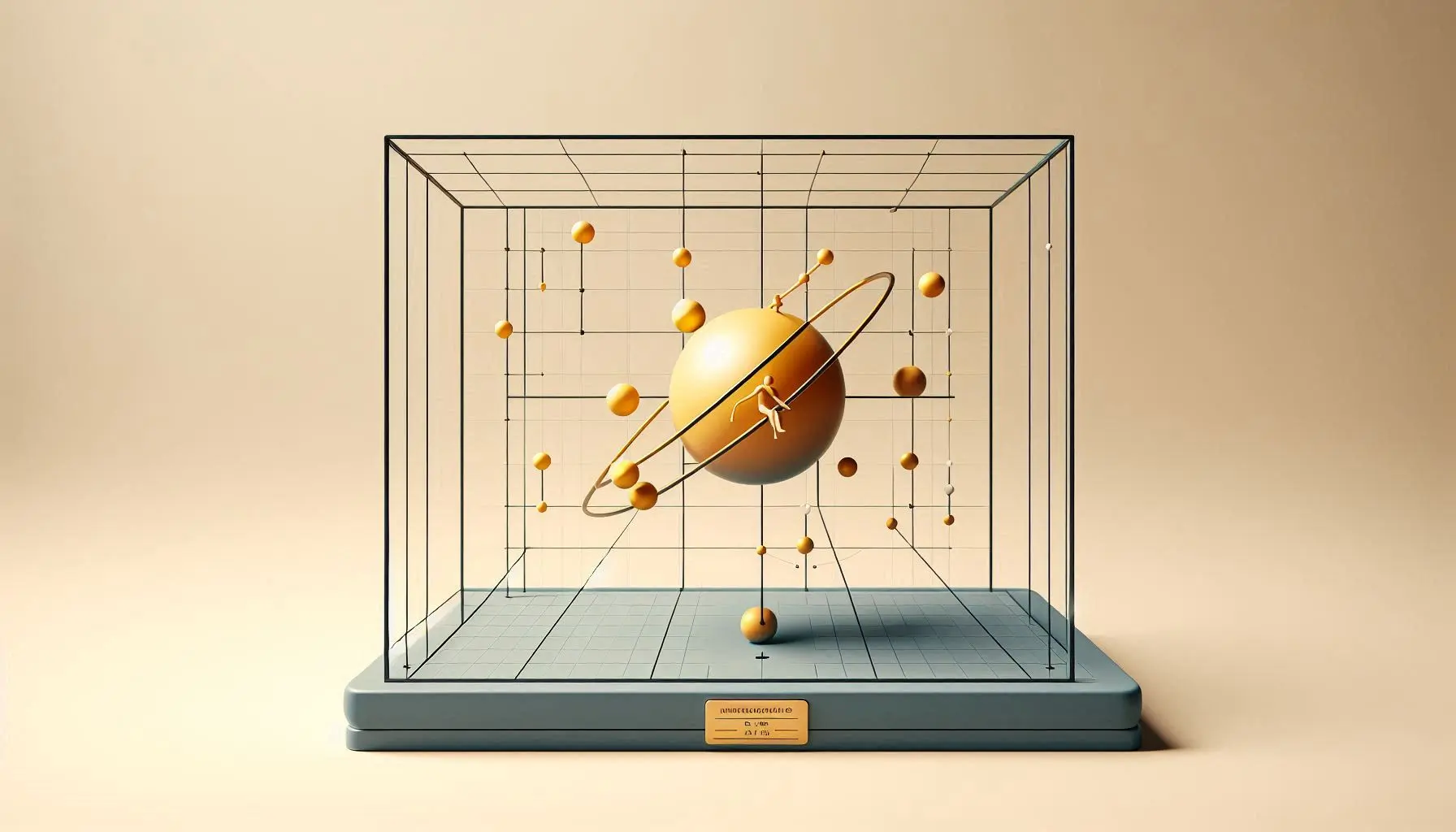Max Planck, a German physicist, introduced his quantum hypothesis in 1900 to resolve a problem in physics that had perplexed scientists for decades: the ultraviolet catastrophe. This problem arose from classical physics, specifically from the Rayleigh-Jeans law, which predicted that the energy radiated by a blackbody (an idealized object that absorbs and emits all frequencies of radiation) would become infinite at very short wavelengths (in the ultraviolet region), something clearly at odds with experimental observations.
To resolve this, Planck proposed a radical idea: the energy of electromagnetic radiation is not continuous but is emitted or absorbed in discrete packets, or quanta. These energy packets, called quanta (or later called photons), are proportional to the frequency of the radiation. This is expressed mathematically as:
\[
E = h \nu
\]
where:
- \( E \) is the energy of the quantum,
- \( h \) is Planck’s constant (approximately \(6.626 \times 10^{-34} \, \text{J·s}\)),
- \( \nu \) \(or f\) is the frequency of the radiation.
This simple yet profound idea formed the basis for what would become quantum theory and introduced the world to the notion that energy levels in microscopic systems are quantized rather than continuous.
Key Aspects of Planck’s Quantum Hypothesis:
- Discrete Energy Levels: Electromagnetic radiation, rather than being emitted continuously, comes in discrete chunks or quanta.
- Proportionality to Frequency: The energy of each quantum is directly proportional to the frequency of the radiation.
- Revolutionary Idea: This marked the departure from classical physics and laid the foundation for quantum mechanics, where energy is not smoothly varying but quantized.
Planck’s Radiation Law
Planck’s quantum hypothesis was introduced in the context of solving the problem of blackbody radiation. Classical physics, as mentioned earlier, led to the ultraviolet catastrophe, where the predicted radiation intensity approached infinity at short wavelengths.
Planck, in contrast, derived a new radiation law that successfully matched experimental data across all wavelengths, from infrared to ultraviolet. This law describes the distribution of electromagnetic radiation emitted by a blackbody in thermal equilibrium at a given temperature.
Planck’s radiation law is given by the following formula:
\[
I(\nu, T) = \frac{2 h \nu^3}{c^2} \cdot \frac{1}{e^{h\nu/kT} – 1}
\]
where:
- \( I(\nu, T) \) is the spectral radiance (the power emitted per unit area, per unit solid angle, per unit frequency) of the blackbody at frequency \( \nu \) and temperature \( T \),
- \( h \) is Planck’s constant,
- \( \nu \) is the frequency of the radiation,
- \( c \) is the speed of light in a vacuum,
- \( k \) is the Boltzmann constant (approximately \(1.38 \times 10^{-23} \, \text{J/K}\)),
- \( T \) is the absolute temperature of the blackbody in kelvins,
- \( e \) is the base of the natural logarithm.
Understanding Planck’s Law:
- Energy Distribution: The law explains how the energy emitted by a blackbody is distributed across different frequencies (or wavelengths). At a given temperature, a blackbody does not emit radiation uniformly across all frequencies. Instead, it emits more radiation at certain frequencies, with the intensity peaking at a specific value.
- Peak of Emission: The peak frequency (or wavelength) of emission increases with temperature. This is expressed by Wien’s Displacement Law, which is a direct consequence of Planck’s radiation law. Wien’s law states that the wavelength at which the emission is at its maximum is inversely proportional to the temperature:
\[
\lambda_{\text{max}} T = \text{constant} \, (2.898 \times 10^{-3} \, \text{m·K})
\]
This means that as a blackbody gets hotter, it emits more radiation at shorter wavelengths (higher frequencies), which is why a hot object may appear bluish (shorter wavelengths) while cooler objects may appear reddish (longer wavelengths).
- Low-Frequency Limit: At low frequencies (or long wavelengths), where \( h\nu \ll kT \), the exponential term \( e^{h\nu/kT} \) can be approximated by \( 1 + h\nu/kT \), leading Planck’s law to reduce to the Rayleigh-Jeans law:
\[
I(\nu, T) \approx \frac{2 \nu^2 k T}{c^2}
\]
This agrees with classical predictions at lower frequencies (longer wavelengths).
- High-Frequency Limit: At high frequencies (short wavelengths), where \( h\nu \gg kT \), the exponential term dominates, and the intensity of radiation falls off rapidly. This avoids the ultraviolet catastrophe, as Planck’s law predicts a finite amount of radiation at short wavelengths.
Physical Interpretation and Significance
Planck’s radiation law successfully described the blackbody spectrum and matched experimental observations. It showed that the energy radiated by a blackbody at different wavelengths is not infinite at short wavelengths, resolving the ultraviolet catastrophe predicted by classical physics. Moreover, the introduction of quantization of energy had far-reaching implications, leading to the development of quantum mechanics.
Planck’s Constant and the Quantum Revolution
Planck’s constant, \( h \), became one of the fundamental constants in physics, with a key role in all quantum phenomena. It marks the scale at which quantum effects become significant, laying the foundation for subsequent work by physicists such as Einstein (who used the quantum hypothesis to explain the photoelectric effect), Niels Bohr (who developed a quantum model of the atom), and many others.
Planck’s hypothesis and radiation law were among the first steps toward the quantum theory, which would ultimately transform our understanding of physics, particularly at atomic and subatomic scales.
Planck’s quantum hypothesis introduced the idea that energy is quantized and fundamentally discrete, transforming classical physics and leading to the development of quantum mechanics. His radiation law provided a mathematical framework that accurately described the emission of radiation from blackbodies, resolving the ultraviolet catastrophe and establishing quantum theory as a cornerstone of modern physics.
